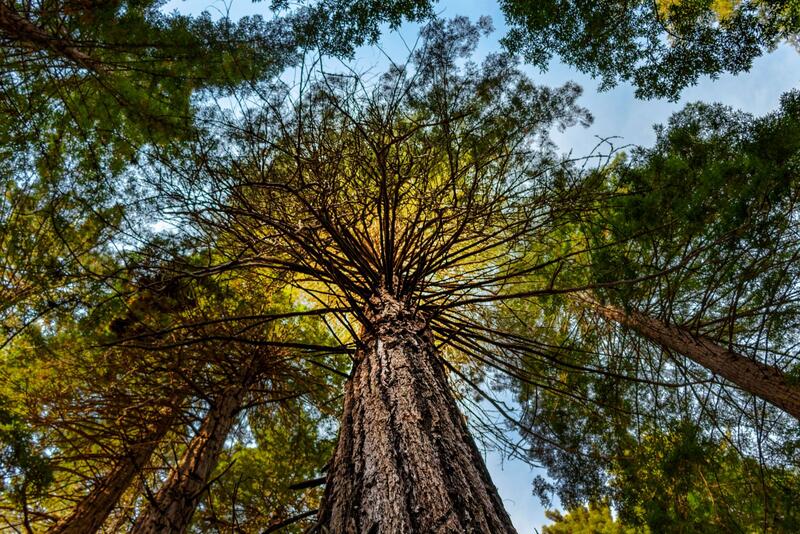
As we shared last Thursday, the second event of the popular Orion Magazine series celebrating their new anthology, Old Growth, will take place tomorrow, January 11 at 1:00pm EST. It is free and open to all. You can register here. If you missed the first event of the series on September 18, you can find the recording here.
Last week, we shared some information on the authors who will be in conversation, but we wanted to also share some about each of the books and their perspective on and relationship to the trees, to provide some context for tomorrow's discussion. All descriptions come from the publishers' websites.
Hidden Life of Trees: What They Feel, How They Communicate―Discoveries from A Secret World
Peter Wohlleben
Are trees social beings? How do trees live? Do they feel pain or have awareness of their surroundings? In The Hidden Life of Trees Peter Wohlleben makes the case that the forest is a social network. He draws on groundbreaking scientific discoveries to describe how trees are like human families: tree parents live together with their children, communicate with them, support them as they grow, share nutrients with those who are sick or struggling, and even warn each other of impending dangers. Wohlleben also shares his deep love of woods and forests, explaining the amazing processes of life, death and regeneration he has observed in his woodland. A walk in the woods will never be the same again.
Two Trees Make a Forest: In Search of My Family's Past Among Taiwan's Mountains and Coasts
Jessica J. Lee
A chance discovery of letters written by her immigrant grandfather leads Jessica J. Lee to her ancestral homeland, Taiwan. There, she seeks his story while growing closer to the land he knew. Lee hikes mountains home to Formosan flamecrests, birds found nowhere else on earth, and swims in a lake of drowned cedars. She bikes flatlands where spoonbills alight by fish farms, and learns about a tree whose fruit can float in the ocean for years, awaiting landfall. Throughout, Lee unearths surprising parallels between the natural and human stories that have shaped her family and their beloved island. Joyously attentive to the natural world, Lee also turns a critical gaze upon colonialist explorers who mapped the land and named plants, relying on and often effacing the labor and knowledge of local communities. Two Trees Make a Forest is a genre-shattering book encompassing history, travel, nature, and memoir, an extraordinary narrative showing how geographical forces are interlaced with our family stories.
How I Became a Tree
Sumana Roy
“I was tired of speed. I wanted to live tree time.” So writes Sumana Roy at the start of How I Became a Tree, her captivating, adventurous, and self-reflective vision of what it means to be human in the natural world. Drawn to trees’ wisdom, their nonviolent way of being, their ability to cope with loneliness and pain, Roy movingly explores the lessons that writers, painters, photographers, scientists, and spiritual figures have gleaned through their engagement with trees—from Rabindranath Tagore to Tomas Tranströmer, Ovid to Octavio Paz, William Shakespeare to Margaret Atwood. Her stunning meditations on forests, plant life, time, self, and the exhaustion of being human evoke the spacious, relaxed rhythms of the trees themselves. Hailed upon its original publication in India as “a love song to plants and trees” and “an ode to all that is unnoticed, ill, neglected, and yet resilient,” How I Became a Tree blends literary history, theology, philosophy, botany, and more, and ultimately prompts readers to slow down and to imagine a reenchanted world in which humans live more like trees.
We hope you will join us at 1pm EST tomorrow for what is sure to be a fascinating conversation between these three authors, moderated by the Forum's own Mary Evelyn Tucker.
Register here!
